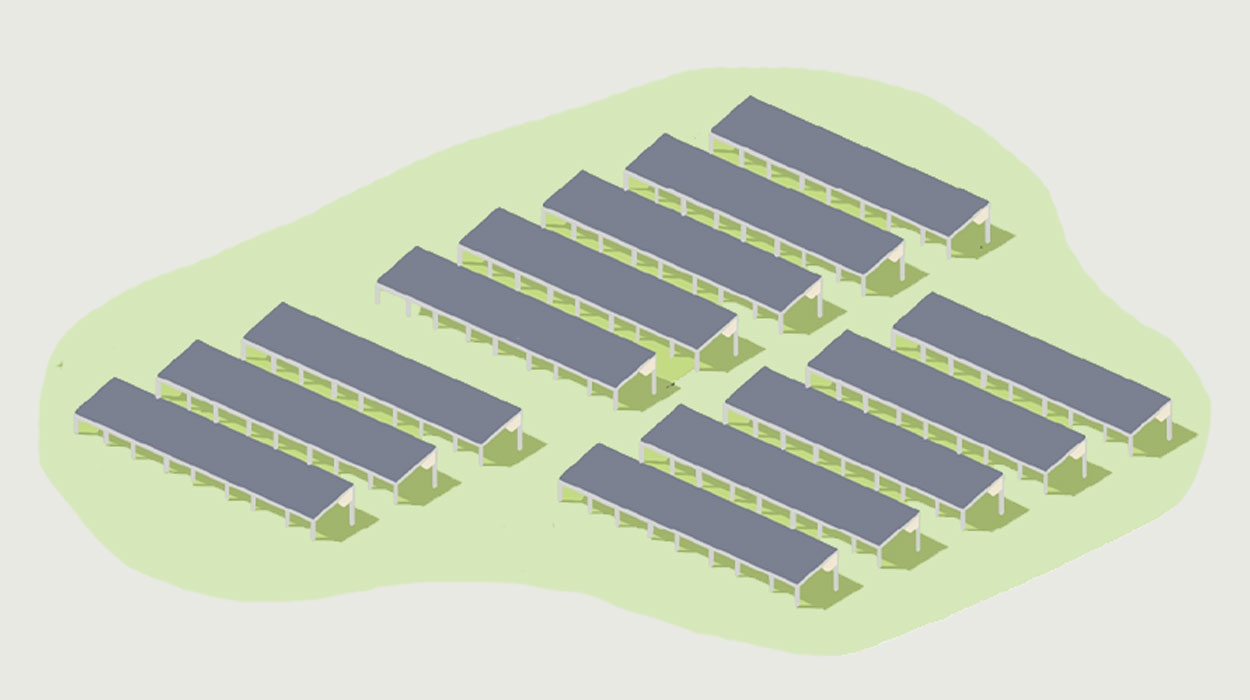What is a solar panel made of?

Solar panels, also known as photovoltaic modules, have become key components of the energy transition. They are the result of a complex assembly of carefully selected components designed to maximize electricity production while withstanding environmental challenges. Each element plays a crucial role in transforming solar energy into a reliable and renewable source of electricity. Discover what the panels are made of and the role of each of their components!
The Photovoltaic Cells: The Heart of the Solar Panel
Photovoltaic cells are the heart of the solar panel. Made from silicon, a special material that captures light, they convert sunlight into electricity through a phenomenon known as the photovoltaic effect. These cells produce an electric current as soon as they are exposed to sunlight.
The Protective Glass: The First Line of Defense
Above the cells, there is a layer of tempered glass, which protects against the elements (rain, hail, wind). This glass is also designed to allow as much light as possible to pass through so that it does not reduce the panel’s efficiency.
The Aluminum Frame: The Structure of the Panel
Around the panel, an aluminum frame keeps the entire panel rigid and sturdy. This frame also allows the panels to be attached to supports on roofs or in solar farms.
The Encapsulation and the Back Sheet: Protecting the Components
The photovoltaic cells are encapsulated between two layers of special plastic. These layers protect the cells from moisture and dust. On the back of the panel, a protective sheet adds an extra barrier against external elements.
The Connectors: Transporting the Electricity
Finally, each panel is equipped with connectors and a junction box on the back to link the electricity produced to the other panels or the electrical system of your home.
